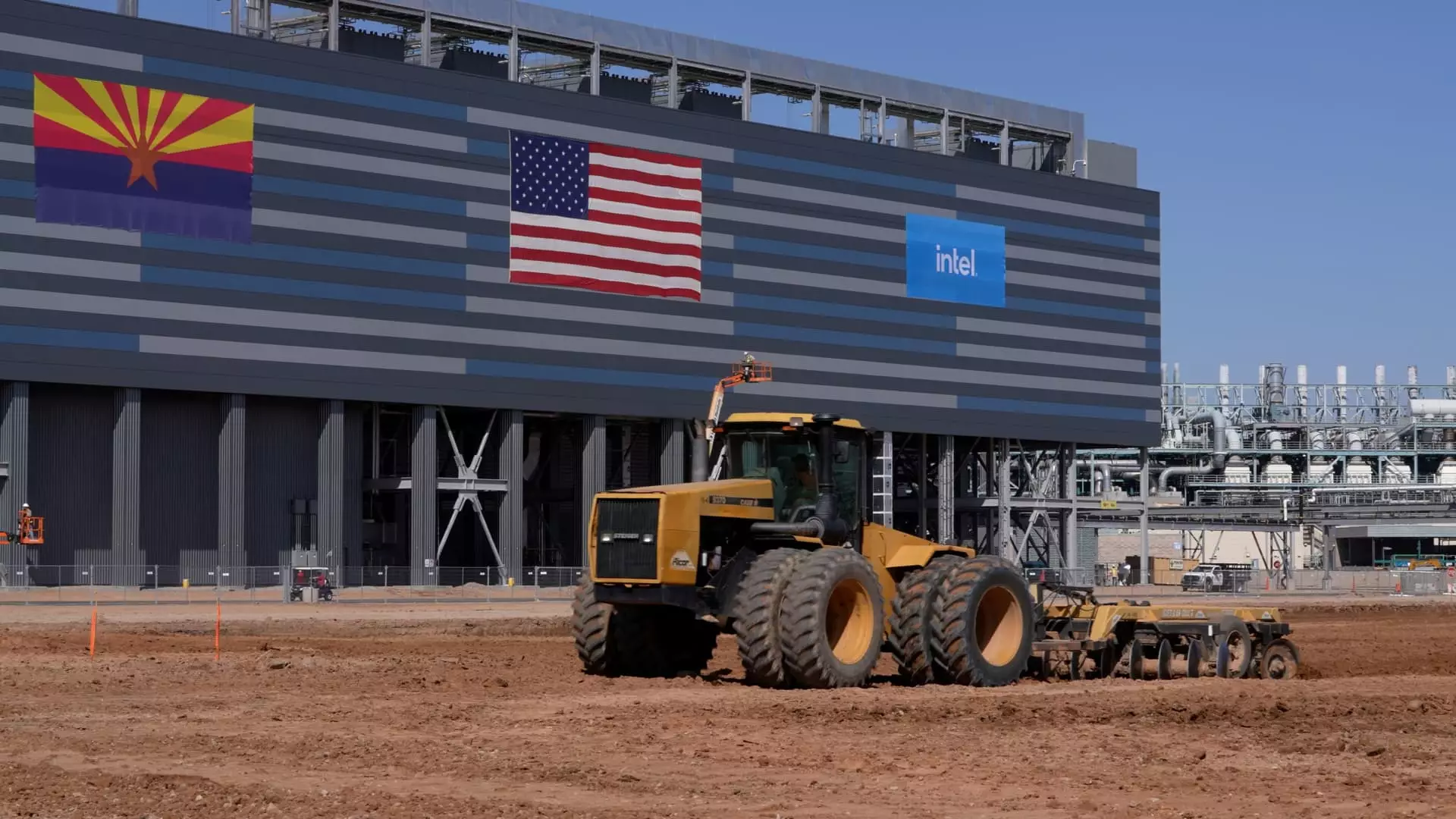Investors looking to capitalize on the rebound in U.S. manufacturing have a plethora of options to choose from, including Exchange-Traded Funds (ETFs) that offer exposure to various sectors within the industry. Bank of America’s ETF strategist, Jared Woodard, recently highlighted the potential of these funds in capturing the theme of domestic manufacturing growth amidst escalating trade tensions and government support.
Unlike traditional sector funds, ETFs provide a diversified approach to investing in U.S. manufacturing, allowing investors to participate in the growth across multiple industries simultaneously. By spreading investment across different sectors, ETFs offer a more comprehensive exposure to the theme of domestic manufacturing, making them a preferred choice for Bank of America.
One of the top ETF picks identified by Bank of America is the First Trust RBA American Industrial Renaissance ETF (AIRR). This fund, established in 2014, has amassed about $1.4 billion in assets and has outperformed the S&P 500 over the past decade. With top holdings including companies like Mueller Industries and Granite Construction, AIRR provides exposure to the industrial sector without over-reliance on any single stock.
Another notable ETF on Bank of America’s list is the Global X US Infrastructure ETF (PAVE). This fund, launched in 2017, focuses more heavily on industrial and materials stocks compared to AIRR. With top holdings like Trane Technologies and United Rentals, PAVE screens for companies that generate revenue from construction, engineering, raw materials, and industrial transportation. Despite its shorter track record, PAVE has shown an impressive average annualized return of over 20% in the past five years, making it a compelling option for investors.
Performance and Costs
While AIRR boasts the highest expense ratio among the two ETFs, its strong 5-year risk-adjusted returns make it a favorable choice for investors seeking exposure to small and mid-cap companies within the U.S. manufacturing sector. On the other hand, PAVE offers a lower management fee compared to AIRR, making it an attractive option for cost-conscious investors who still want to benefit from the growth potential of U.S. manufacturing.
Investing in U.S. manufacturing through ETFs provides investors with a diversified and cost-effective way to capitalize on the resurgence of domestic production. With options like AIRR and PAVE offering exposure to different sectors within the industry, investors can tailor their investment strategy to align with their financial goals and risk tolerance. As the U.S. continues to focus on bolstering its manufacturing capabilities, ETFs present a compelling opportunity for investors looking to ride the wave of growth in this vital sector.

